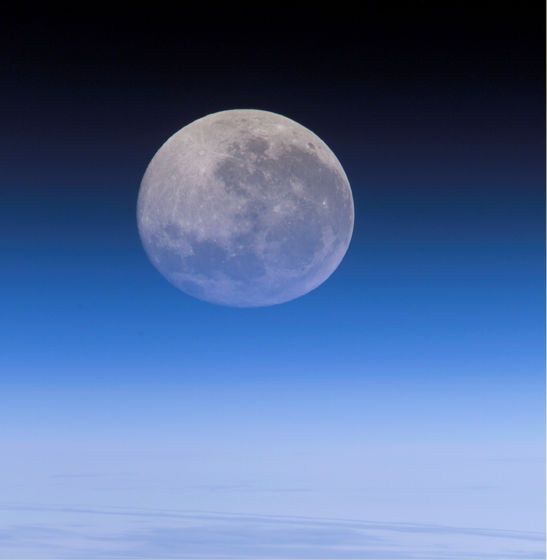What are the prospects for the 'FarView' project to turn the surface of the moon into a giant radio telescope?

Foreign media outlet The New Yorker has summarized the results of an interview with Lunar Resources, a space-related company involved in the
The Quest to Build a Telescope on the Moon | The New Yorker
https://www.newyorker.com/science/elements/the-quest-to-build-a-telescope-on-the-moon

Lunar Resources is developing construction technology for 'FarView,' a radio telescope array consisting of 100,000 dipole antennas installed on approximately 200 square kilometers of the moon's surface. Most of FarView's construction will be carried out by autonomous robots, which will first extract metals along with oxygen from the lunar regolith, or surface soil, and use them to manufacture antennas, solar cells, power lines, etc.
As such, FarView also serves as a demonstration test for two ambitious technologies: extraterrestrial mining and manufacturing, a field known as in-situ resources utilization (ISRU).
A giant radio telescope built on the moon would be sensitive enough to detect a smartphone placed on Pluto, and would collect data that cannot be obtained on Earth, providing humanity with knowledge about the beginning of the universe.

13.8 billion years ago, the universe was born as a rapidly expanding mass of dense energy and matter. 380,000 years later, it had cooled enough that electrons and protons, which had been flying around the universe separately, combined to form hydrogen atoms.
This phenomenon is called the 'cosmic clearing,' but because the universe was still a dark world without stars or galaxies shortly after hydrogen was created, it also marked the beginning of the '
At that time, there were no celestial objects emitting light, but hydrogen emits weak radio waves with a wavelength of 21 cm, and some of this light still exists in space. One of the main goals of FarView is to collect this faint light that cannot be observed from Earth and accurately capture the early universe.
However, lunar development on such a large scale is unprecedented and no one has yet achieved it. The reason is that the cost of transporting construction materials, personnel, food, water, and other supplies from Earth to the moon is literally astronomical. According to one estimate, it would cost more than $1 million (about 140 million yen) to transport just 1 kg of cargo to the lunar surface.

by NASA's Marshall Space Flight Center
Given these points, it is believed that local procurement will be the basis for humanity's full-scale advance into space, and in that sense FarView can be said to be a project that predicts the future of space exploration.
FarView is estimated to take more than 10 years and cost more than $2 billion to complete, but it is not just a single radio telescope project; it is also expected to be a stepping stone to even larger space developments in the future.
For example, the plans include collecting helium on the moon's surface to fuel a nuclear fusion reactor, and building artificial satellites on the moon's surface or in orbit that are too large to launch from Earth.
Ronald Polidun, FarView's principal investigator and former chief engineer at NASA's Goddard Space Flight Center, told The New Yorker, 'Think back to the 16th century, when humans first circumnavigated the globe. If you asked people back then, 'What will the world be like in the year 2000?' No one could have imagined the level of development we have today. We're opening the door to that future.'
Related Posts:
in Science, Posted by log1l_ks







